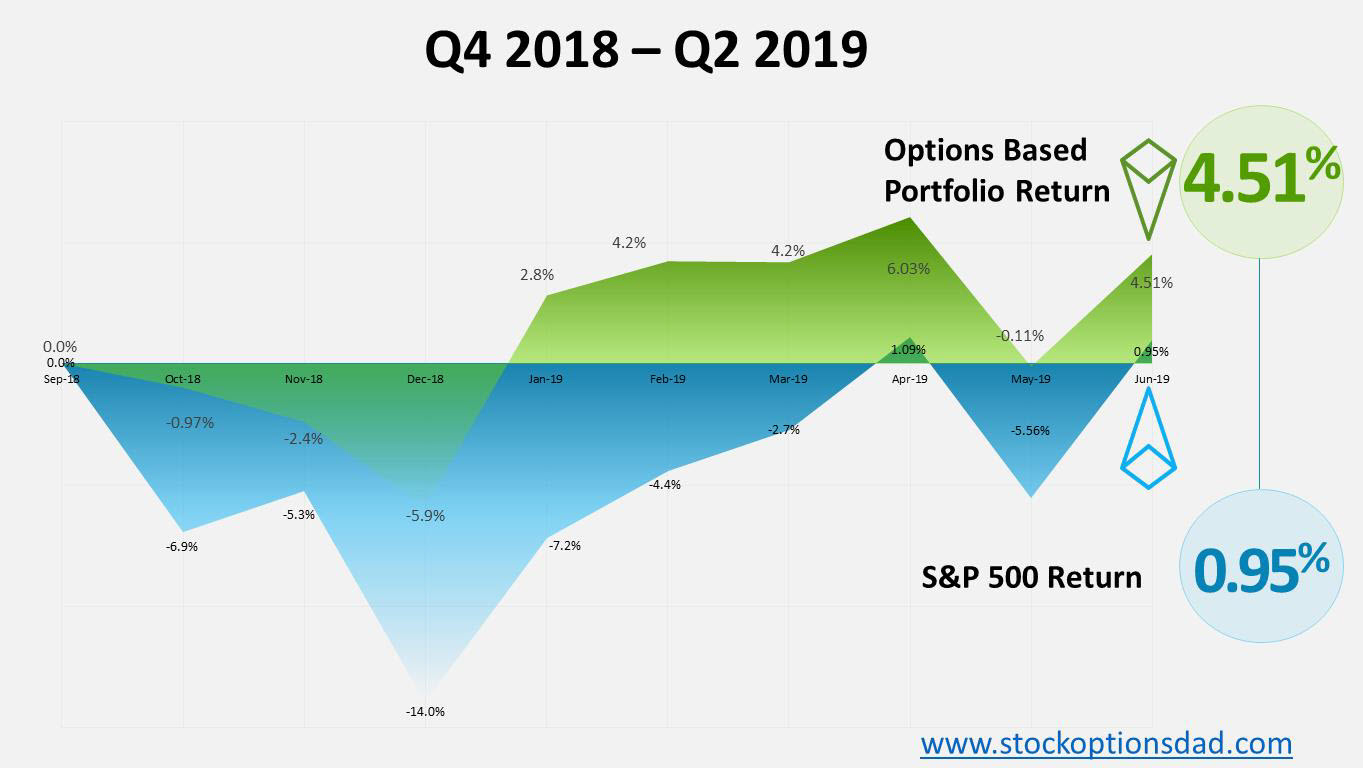Previously, I wrote an article putting forth the efficient market hypothesis termed “There's No Edge In Stock Picking” and how less than 10% of fund managers outperform their benchmark over the long-term. These bleak performance metrics and the fact that there’s only a 36% chance that you pick a stock that outperforms the index is what makes options trading so effective.
Whether you want to win 70%, 80% or even 90% or your trades, you dictate your probability of success when it comes to options trading over the long-term. If you set your probability of success at ~85% and make trades at that probability level through all market conditions over the long-term on the scale of hundreds of trades, you’ll end up winning ~85% of your option trades. Options trading allows one to profit without predicting which way the stock will move. Options aren’t about whether or not the stock will move up or down; it’s about the probability of the stock not moving up or down more than a specified amount. Put simply; options are a bet on where stocks won’t go, not where they will go.
Options trading can generate consistent income and mitigate portfolio risk while producing high probability win rates. Options allow your portfolio to generate smooth and consistent income month after month without predicting which way the stock market will move. Running an option-based portfolio offers a superior risk profile relative to a stock-based portfolio while providing a statistical edge to optimize favorable trade outcomes. Options are a long-term game that requires discipline, patience, time, maximizing the number of trade occurrences and continuing to trade through all market conditions. An options-based approach provides a margin of safety with a decreased risk profile while providing high-probability win rates that are determined by the trader himself.
Empirically, over the previous 12 months, I’ve produced a return of 8.6% relative the S&P return of 3.2% while winning 85% of my trades via leveraging ~70 different ticker symbols. Continue reading "Options: You Choose Whether You Win 70%, 80% or 90% Of Your Trades"


